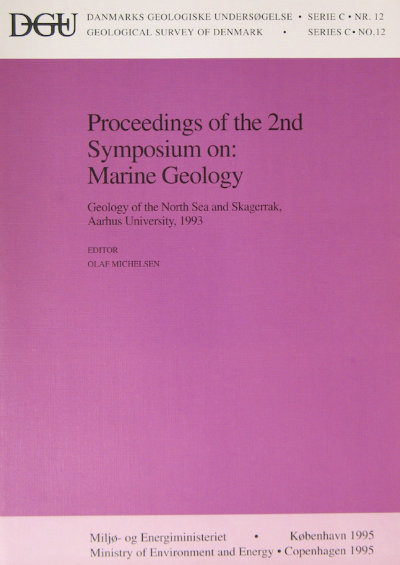A stratigraphic interpretation of the Oxfordian-Valaginian deposits in the Danish Subbasin
DOI:
https://doi.org/10.34194/seriec.v12.7114Abstract
Six sequences are identified in the Upper Jurassic and lowermost Cretaceous Flyvbjerg-, Børglum- and Frederikshavn Formations of the Danish Subbasin. Sequence boundaries and maximum flooding surfaces are interpreted on the basis of log analysis, biostratigraphy and lithology of core samples. Parasequences and parasequence sets are mainly recognized in shallow marine sediments. The gamma ray and SP logs of the sequences have an overall cyclic character, indicating the presence of upward fining deposits overlain by upward coarsening deposits. A blocky log pattern or an upward decreasing trend lowermost in the sequence represents sanddominated sediments, and it is interpreted as lowstand deposits caused by forced regression. The overlying interval with upward fining deposits comprise transgressive deposits. The interval between maximum flooding surface and the upper sequence boundary has an upward coarsening trend, and it probably includes the highstand deposits.
Downloads
Published
Issue
Section
License
This article is distributed under a CC-BY 4.0 licence, permitting free redistribution and reproduction for any purpose, even commercial, provided proper citation of the original work. Author(s) retain copyright over the article contents.


